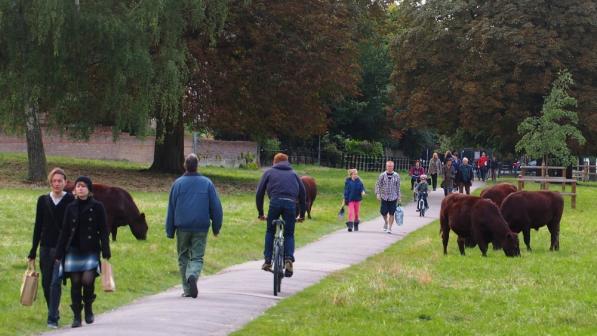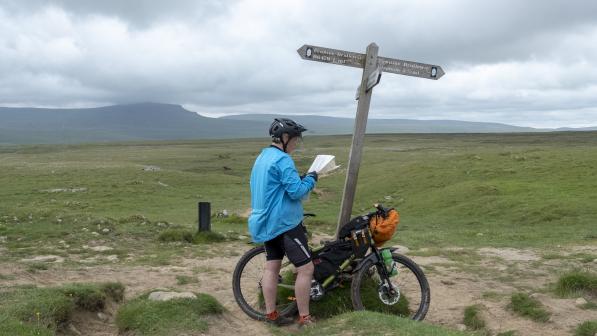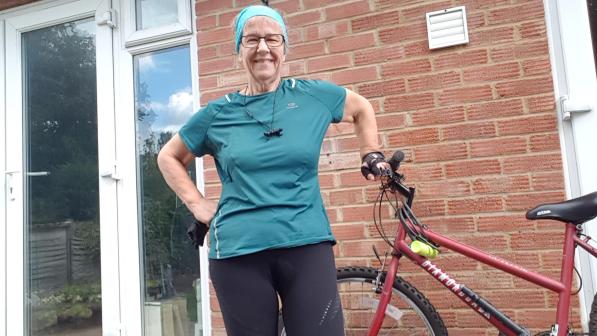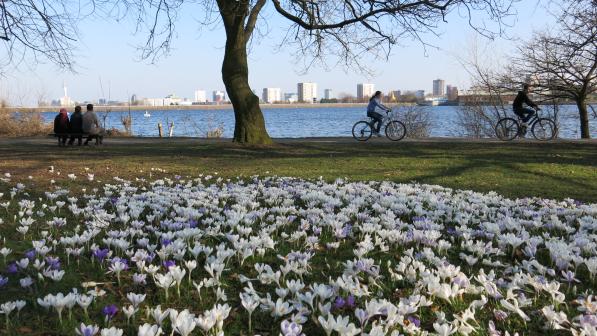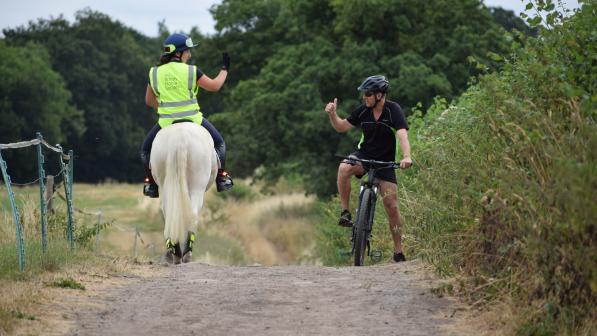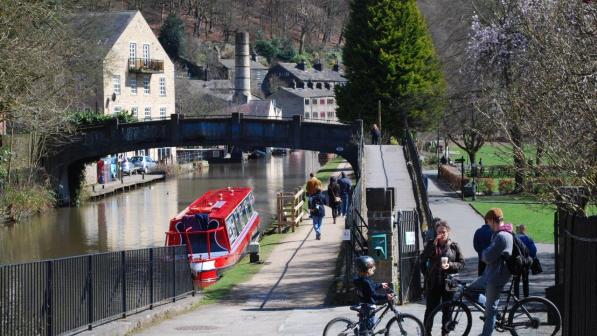Cycling on towpaths

Drop the pace
Towpaths are best for leisurely cycling rather than going somewhere in a hurry. They’re not always the most direct route either – so if you’re late for work, it’s advisable to choose a different route. Have a look at our journey planner which should be able to give alternative suggestions if you’re looking for a speedier route.
The paths can be narrow and have blind corners under bridges, so make sure you are able to stop if you need to and let other people pass.

Share the space
There are likely to be people using the towpaths for a number of reasons as well as cycling, including walking, running, angling and even horse riding. They have priority over people cycling, so be mindful and respectful.
When approaching people from behind, slow down and ring your bell or say a friendly hello to let them know you are there. Bear in mind they could be hard of hearing or wearing headphones, so you might need to try again if they don’t hear you the first time.
Try and leave as much space as you can when you pass people, ideally at a wider point so they don’t have to squeeze into the verge. It’s always nice to thank them if they move to the side.

Enjoy the history
It’s not just about the towpath – there’s a lot happening on the water too. Many canals continue to be used for navigation, so watch out for people moving around operating locks.
There might be residential boats moored up on the canal, so leave a bit of space if their owners need to move around on the towpath.

Watch those lights
Most towpaths are unlit, so on dark winter evenings you’ll need some good lights to see where you’re going – but be careful to check the brightness and point them downwards to avoid dazzling other people. For more information, see Cycling UK’s guide to bike lights.
